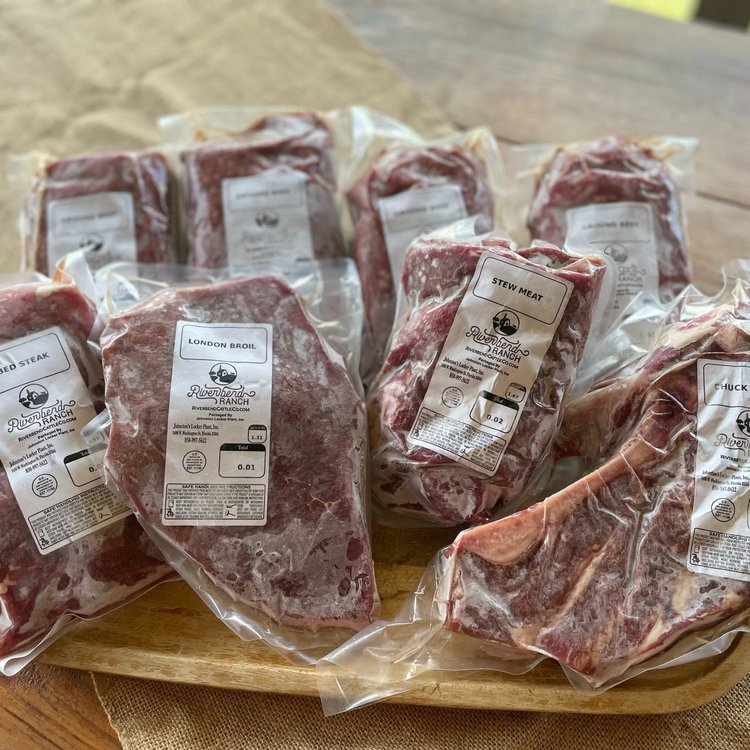
Steak Resting 101: Why It Matters
We’ve all been tempted to cut right into a sizzling steak fresh off the grill or pan—but the truth is, the most important step happens after the heat is off. Resting your steak is the secret to locking in flavor and tenderness. When meat cooks, its juices move toward the surface due to heat expansion. If you slice too soon, those flavorful juices spill out onto the cutting board or plate instead of staying in each bite.
By letting your Riverbend Cattle Company steak rest, you give those juices time to redistribute evenly throughout the meat. This means every slice is moist, tender, and packed with flavor—exactly the experience you want from premium pasture-raised, dry-aged beef.
How Long Should You Rest Your Steak?
For thinner cuts like flank, skirt, or sirloin, 5 minutes is usually enough. For thicker cuts such as ribeye, strip, or filet, aim for 8–10 minutes. Larger roasts or cuts like prime rib should rest 10–15 minutes or longer. Tent the steak loosely with foil to keep it warm without trapping too much steam, which can soften that perfect crust.
Why It’s Worth the Wait
Resting doesn’t just improve juiciness—it elevates texture and overall eating quality. Cutting into a rested steak is like slicing into a masterpiece: tender, flavorful, and worthy of the finest steakhouse. Next time you’re cooking Riverbend Cattle Company beef, build in the resting time. You’ll taste the difference in every bite.


